7 Best Art Therapy Exercises for Dementia
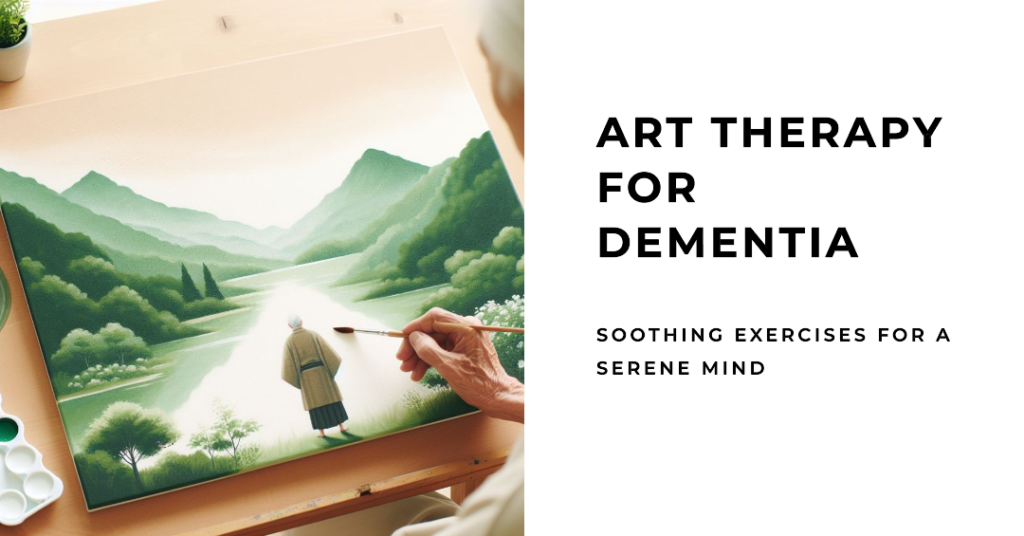
Dementia is a debilitating condition that affects millions of people worldwide. It is characterized by a gradual decline in cognitive function, including memory loss, difficulty with language and communication, and changes in behavior and mood. While there is no cure for dementia, there are many ways to support individuals living with the condition and improve their quality of life.
One of the most effective ways to support individuals with dementia is through art therapy. Art therapy is a form of psychotherapy that uses creative activities such as drawing, painting, and sculpting to help individuals express themselves and process their emotions. It has been shown to have numerous benefits for individuals with dementia, including reducing stress and anxiety, improving mood, and promoting social interaction and communication.
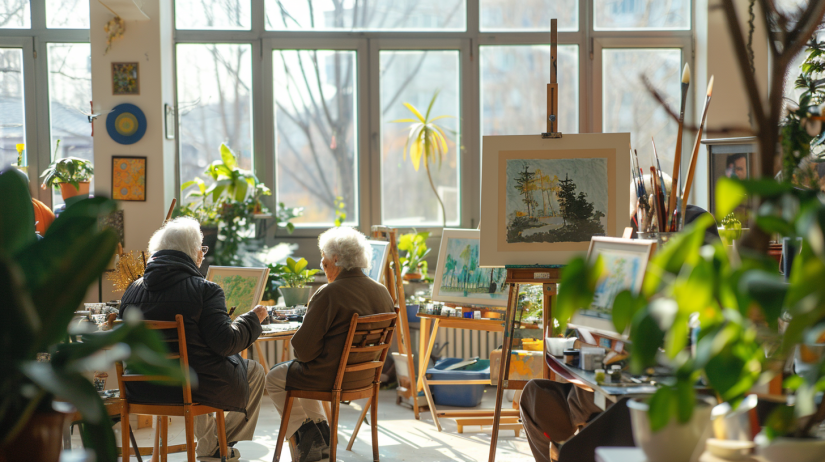
At Scholistico, we believe that everyone should have access to the benefits of art therapy, regardless of their age or cognitive ability. That’s why we offer an online Art Therapy Practitioner Certification that can help you learn how to use art therapy to support individuals with dementia and other cognitive impairments.
Our comprehensive program covers everything from the basics of art therapy to advanced techniques for working with specific populations. You’ll learn how to create a safe and supportive environment for your clients, how to choose appropriate art materials and activities, and how to facilitate meaningful discussions and reflections based on the artwork created.
Whether you’re a healthcare professional, a caregiver, or simply someone who wants to make a difference in the lives of others, our online Art Therapy Practitioner Certification can give you the skills and knowledge you need to succeed. So why wait? Enroll today and start your journey towards becoming a skilled and compassionate art therapy practitioner!
1. Collage Making
Collage making is a simple and engaging art therapy exercise that can help individuals with dementia express themselves and stimulate their creativity. To get started, gather a variety of materials such as magazines, newspapers, colored paper, and scissors. Encourage the individual to cut out images and words that resonate with them and arrange them on a piece of paper to create a unique collage.
| Materials Needed | Benefits |
|---|---|
| Magazines | Stimulates creativity |
| Newspapers | Encourages self-expression |
| Colored paper | Improves fine motor skills |
| Scissors | Promotes decision-making |
2. Painting to Music
Painting to music is another effective art therapy exercise for individuals with dementia. Choose a piece of music that the individual enjoys and encourage them to paint while listening to the music. This exercise can help stimulate their senses and promote relaxation.
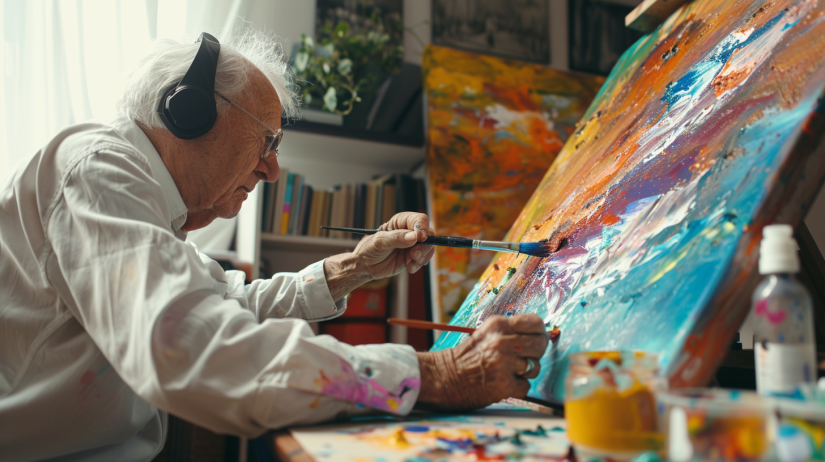
Benefits of Painting to Music
- Stimulates the senses
- Promotes relaxation
- Encourages self-expression
- Improves mood
3. Clay Sculpting
Clay sculpting is a tactile art therapy exercise that can help individuals with dementia improve their fine motor skills and express themselves creatively. Provide the individual with a piece of clay and encourage them to mold it into a shape of their choice. This exercise can be particularly beneficial for individuals who have difficulty communicating verbally.
Materials Needed
- Clay
- Sculpting tools (optional)
4. Mandala Drawing
Mandala drawing is a meditative art therapy exercise that can help individuals with dementia reduce stress and anxiety. Provide the individual with a pre-drawn mandala template and encourage them to color it in using markers, colored pencils, or crayons. This exercise can be particularly beneficial for individuals who have difficulty focusing or concentrating.
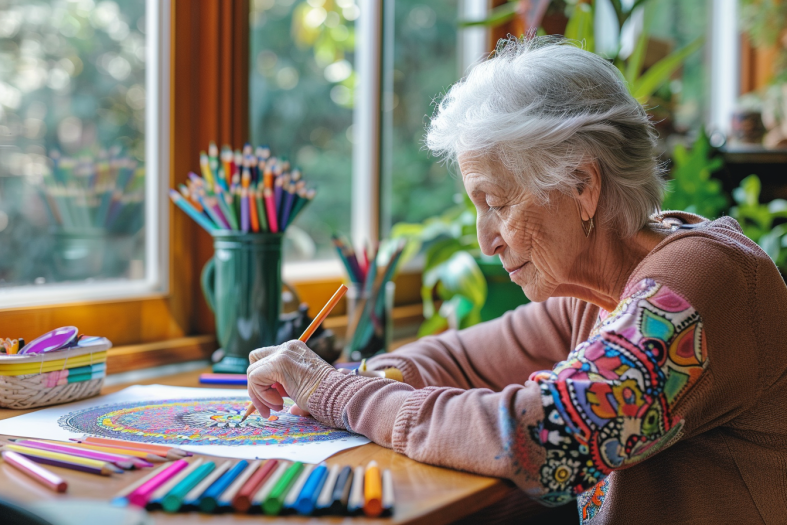
5. Watercolor Painting
Watercolor painting is a gentle and soothing art therapy exercise that can help individuals with dementia express themselves creatively. Provide the individual with watercolor paints, brushes, and paper, and encourage them to paint a scene or object of their choice. This exercise can be particularly beneficial for individuals who have difficulty with fine motor skills.
Benefits of Watercolor Painting
- Promotes relaxation
- Encourages self-expression
- Improves mood
- Stimulates creativity
6. Collaborative Art Projects
Collaborative art projects are a fun and engaging way to promote social interaction and communication among individuals with dementia. Encourage a group of individuals to work together on a single art project, such as a mural or a collage. This exercise can help promote a sense of community and belonging.

7. Nature-Inspired Art
Nature-inspired art is a calming and grounding art therapy exercise that can help individuals with dementia connect with the natural world. Encourage the individual to collect natural materials such as leaves, flowers, and twigs, and use them to create a unique piece of art. This exercise can be particularly beneficial for individuals who enjoy spending time outdoors.
Materials Needed
- Natural materials (leaves, flowers, twigs, etc.)
- Glue
- Paper or canvas
The Benefits of Art Therapy for Dementia: What the Research Says
Art therapy has been shown to have numerous benefits for individuals with dementia, and the research supports this. A study published in the Journal of Alzheimer’s Disease found that art therapy can improve cognitive function, reduce depression and anxiety, and enhance quality of life for individuals with dementia.
The study involved a group of individuals with mild to moderate dementia who participated in weekly art therapy sessions for six months. The researchers found that the participants showed significant improvements in cognitive function, as measured by the Mini-Mental State Examination (MMSE), as well as reductions in depression and anxiety symptoms. These findings suggest that art therapy can be a valuable tool for supporting individuals with dementia and improving their overall well-being.
Conclusion
Art therapy is a powerful tool for supporting individuals with dementia and improving their quality of life. By engaging in creative activities such as collage making, painting to music, clay sculpting, mandala drawing, watercolor painting, collaborative art projects, and nature-inspired art, individuals with dementia can express themselves, reduce stress and anxiety, and connect with others in meaningful ways.
At Scholistico, we are committed to providing high-quality education and resources for aspiring art therapy practitioners. Our online Art Therapy Practitioner Certification is designed to give you the skills and knowledge you need to effectively support individuals with dementia and other cognitive impairments through art therapy.
In addition to our certification program, we also offer a range of other resources to support your learning and professional development. Our 50 Art Therapy Exercises eBook is a valuable resource that includes a wide range of art therapy exercises that can be adapted for individuals with dementia, as well as tips and techniques for facilitating successful art therapy sessions.
We also have a wealth of information available on our blog, including articles on art therapy for veterans, art therapy for autism, art therapy for grief recovery, art therapy for teenagers, art therapy for seniors, and more.
At Scholistico, we believe that everyone deserves access to the benefits of art therapy, and we are committed to providing the education and resources needed to make that a reality. Whether you’re a healthcare professional, a caregiver, or simply someone who wants to make a difference in the lives of others, we invite you to join us on this journey and discover the transformative power of art therapy.
So what are you waiting for? Enroll in our online Art Therapy Practitioner Certification today and start your journey towards becoming a skilled and compassionate art therapy practitioner. Together, we can make a difference in the lives of individuals with dementia and create a brighter, more hopeful future for all.

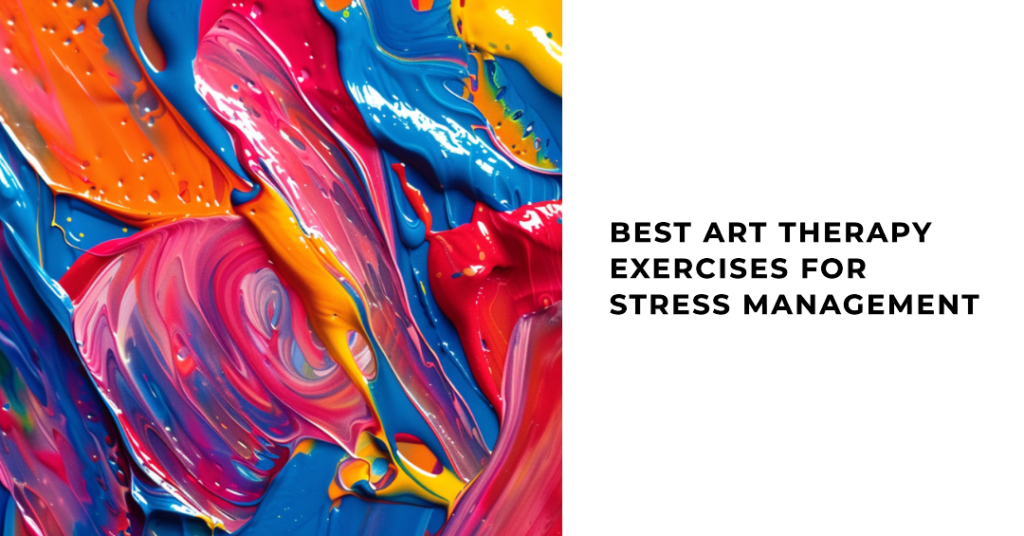

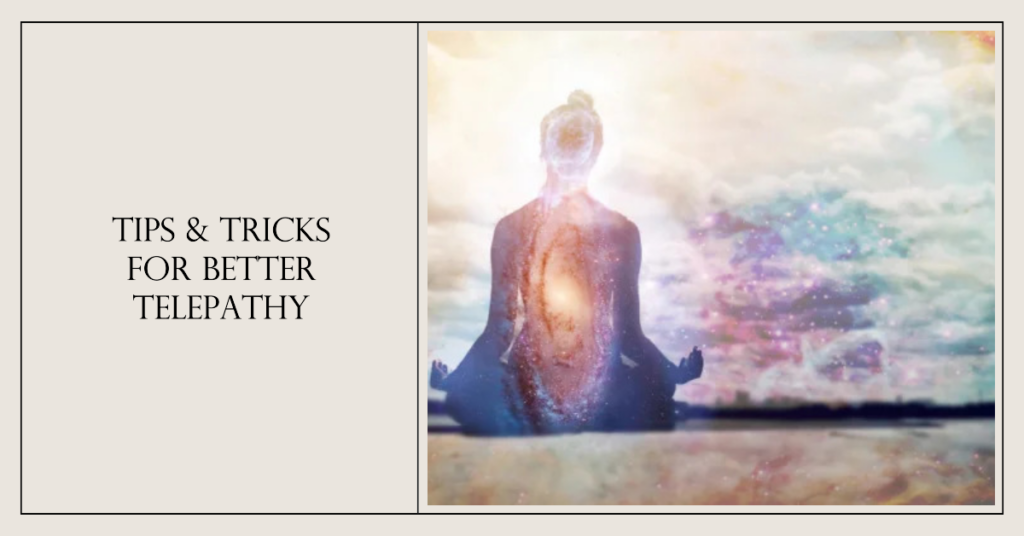

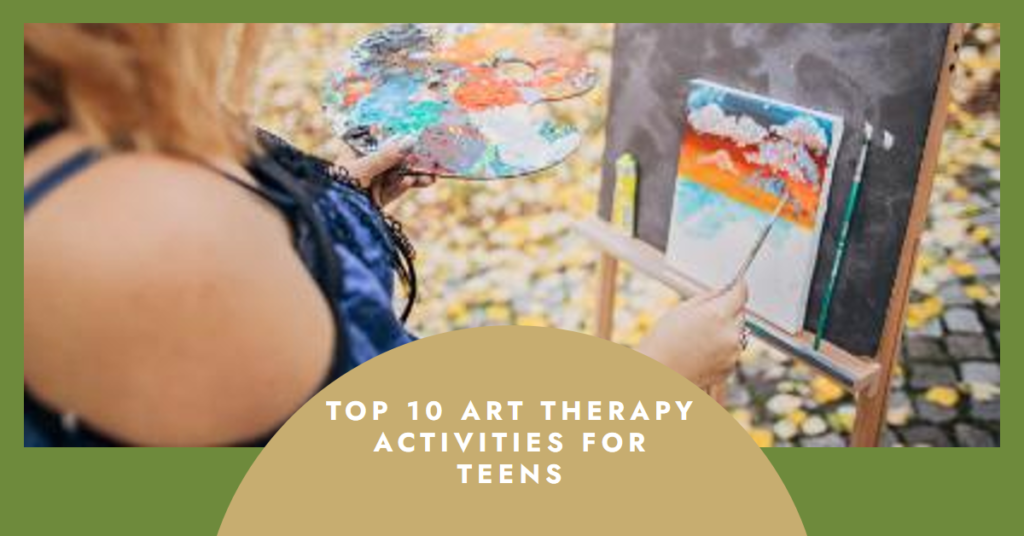




Responses